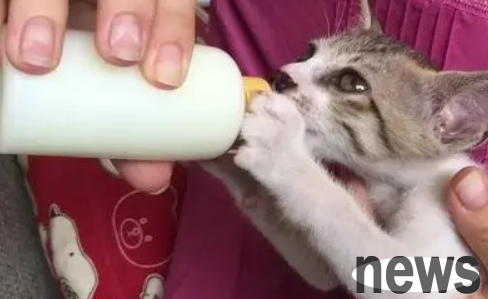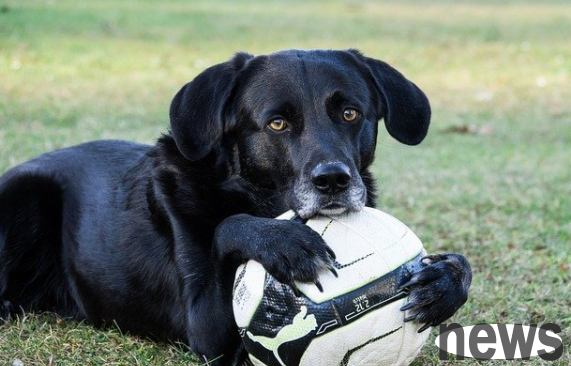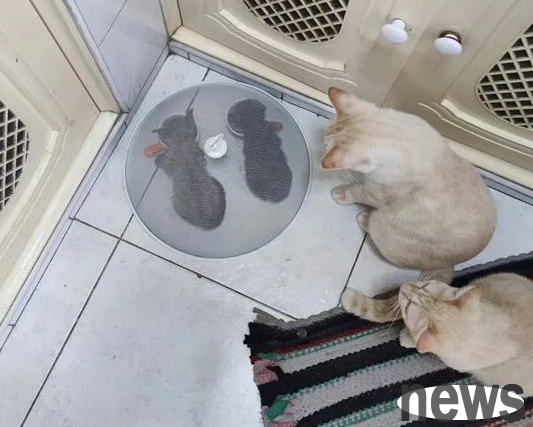How to perform functional exercise after a fracture surgery for a dog? Come and get it
People must undergo rehabilitation after a fracture or injury. Of course, after a dog’s fracture, they must perform a series of functional exercises on the dog so that the dog can drive healthier and healthier. So how should functional exercises be carried out?
Labrador Retriever
Fracture function exercise can improve local blood circulation, enhance bone metabolism, accelerate fracture repair and functional recovery of sick limbs. It is an important guarantee for preventing the occurrence of sequelae such as pathological callus, muscle atrophy, joint stiffness, joint capsule contracture, and promoting recovery function. It is also an important part of the treatment of fractures. Exercises for fractures include early massage, traction exercises, and flexion fractures that are not fixed up and down. The exercise of fractures can be divided into three stages according to the healing process of the fracture: early, middle and late.
Early stage (mechanical stage of hematoma inflammation): The early stage is within 1-2 weeks after the fracture, the diseased limbs are locally swelling and painful, and the soft tissue is in the repair stage, which is prone to redisplacement. The purpose of functional exercise is to promote blood circulation in the affected limbs, eliminate swelling, and prevent muscle atrophy. You can massage under the bandage and perform mild flexion and extension of the joints.
Medium stage (primitive callus formation period): After 2 weeks of fracture, the fracture that usually passes normally will disappear after 2 weeks, the local swelling will subside, the pain will disappear, and the soft tissue will be repaired. The fracture end has been connected by fibers and a callus is forming. During this period, the upper and lower joint activities of the fracture should be started. The purpose is to improve blood circulation and prevent muscle atrophy and joint stiffness. You can let it move freely in a small space, and the ground must be dry and clean. Or gradually carry out the pet, according to the pet's condition, 10-15 minutes each time, 1-2 times a day, and the time for gradually extends as the condition improves. Generally, there will be systemic reactions in the first few days and the limp will worsen, but it will gradually improve in the future.
Later stage (calcus modification and shaping period): This period continues to strengthen the activities of joints around the fracture and throughout the body, mainly to strengthen the active movement of the affected limb, and promote the recovery of joint motion range and muscle strength.
The treatment of pet fractures is not simply reduced, fixed and waiting for recovery. Functional exercise after fracture also plays an indispensable role in the treatment of fractures. The statement "three-point treatment, seven-point exercise" vividly illustrates this point. Exercise has many benefits, which can not only help you recover, but also help you recover your pets to health faster. Exercise after fracture has two other benefits:

First, it promotes swelling and prevents joint adhesions and stiffness. After the fracture, the soft tissue at the fracture generally has varying degrees of bleeding and edema, and lumps will appear in the injured limb. If the lump is not eliminated in time, it will cause adhesions to the corresponding soft tissues and even harden them. This adhesion can also occur in muscles and tendons, between tendons and synovium, and in joints, thereby affecting the function of muscle contraction. This can be avoided through functional exercise.
Second, promote fracture healing. Through functional exercise, the injured limb muscles undergo repeated comfort activities, which can strengthen the longitudinal squeeze pressure of the fracture, make the fracture gap smaller, and make the fracture more stable, which can improve the nutrition of the fracture and promote the healing of the fracture. Functional exercises can also correct tiny fracture misalignment and are also conducive to the healing of the fracture.















